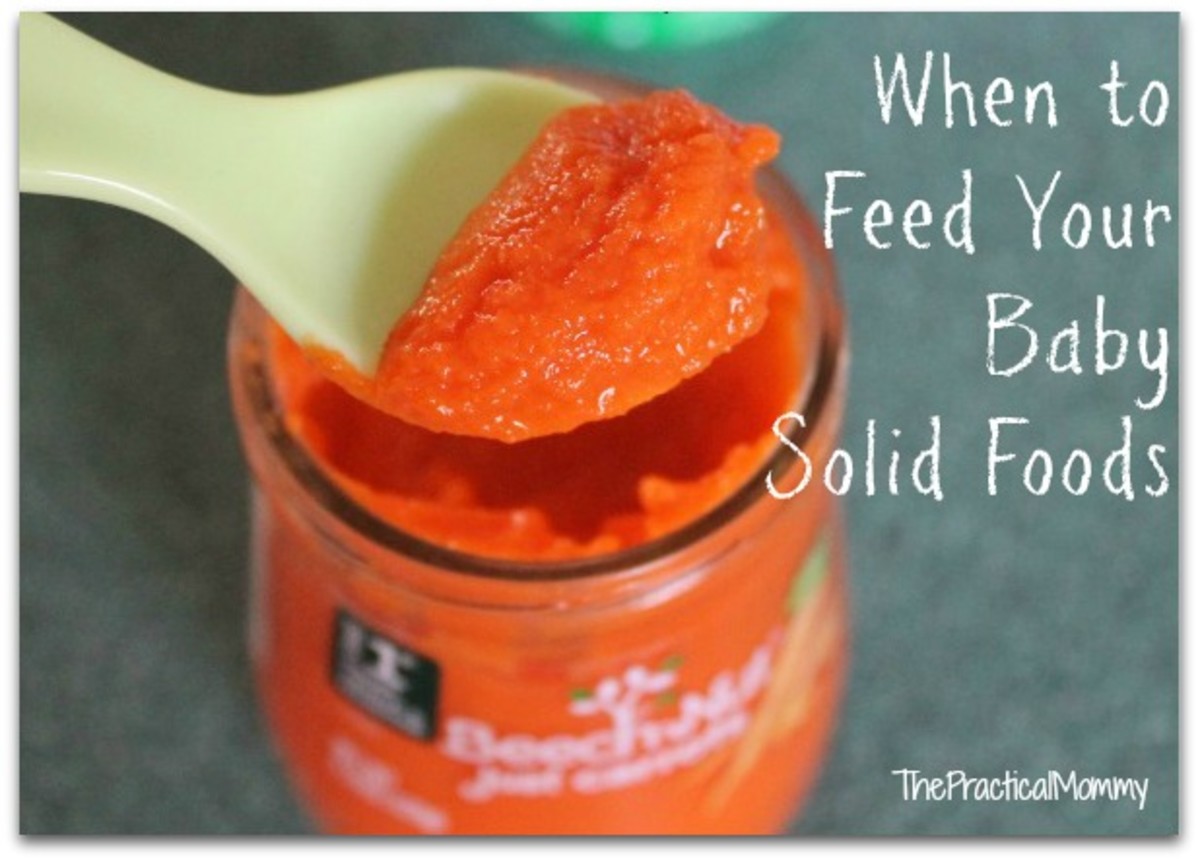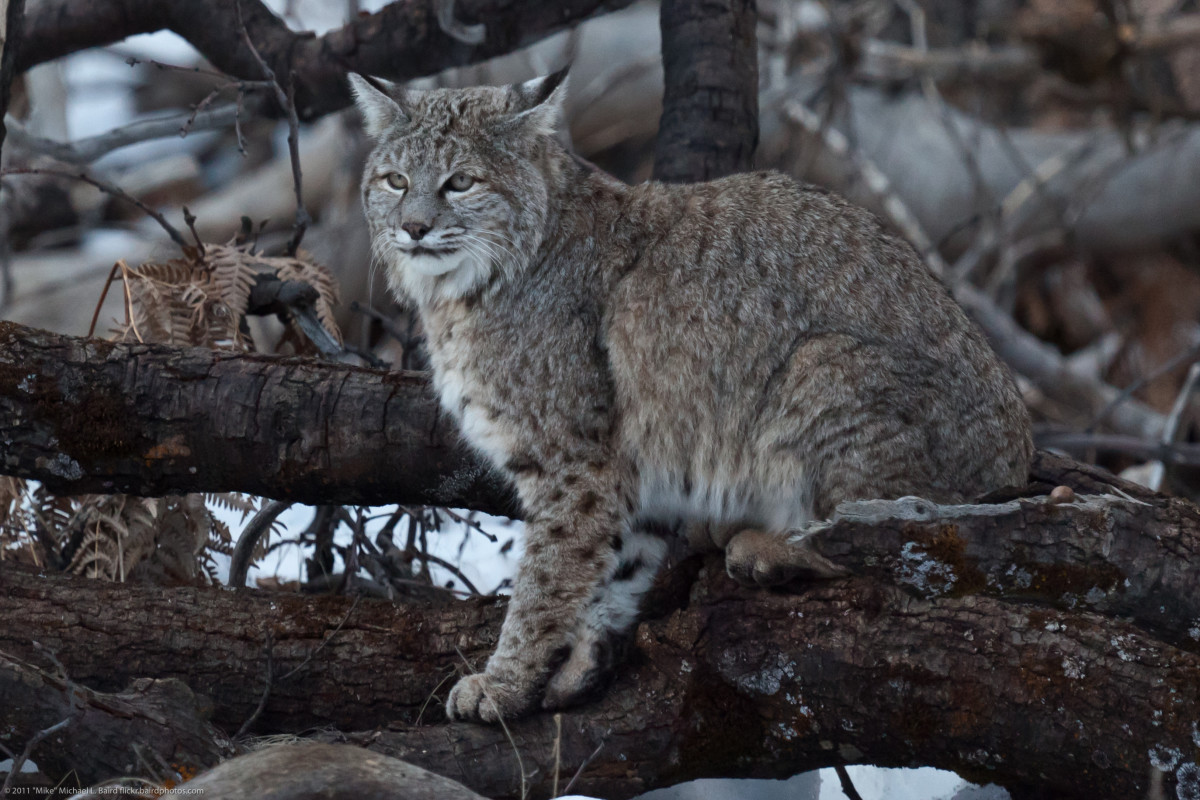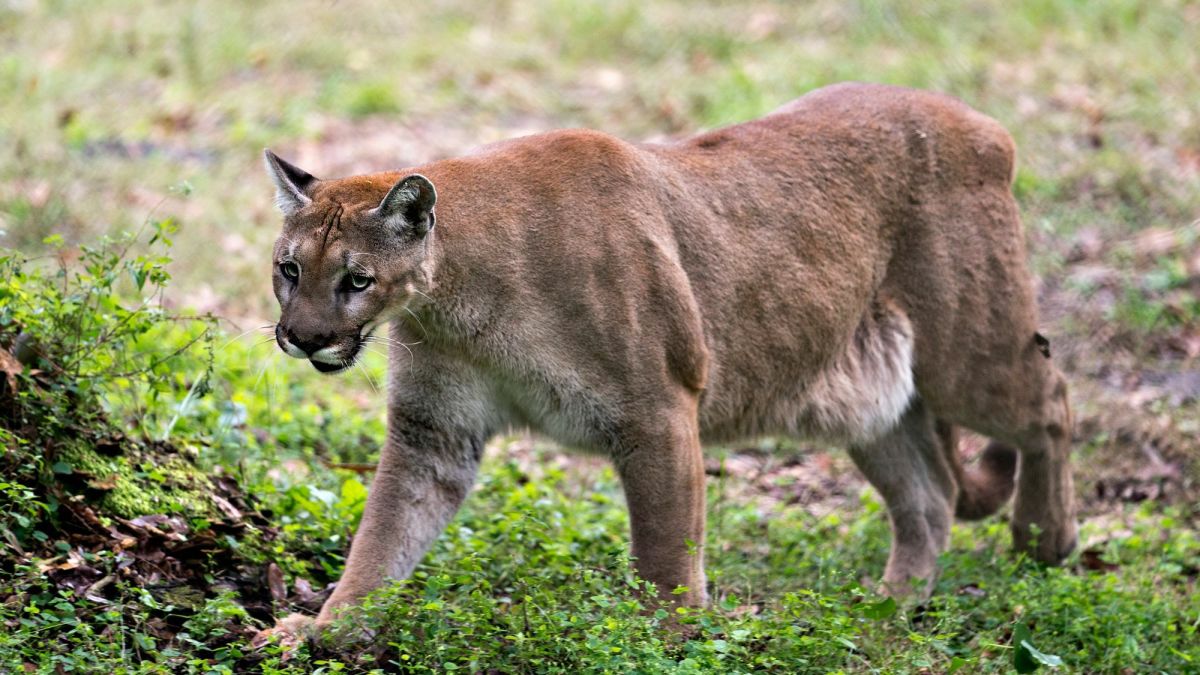How To Feed Mammals In The Garden
What About Us?
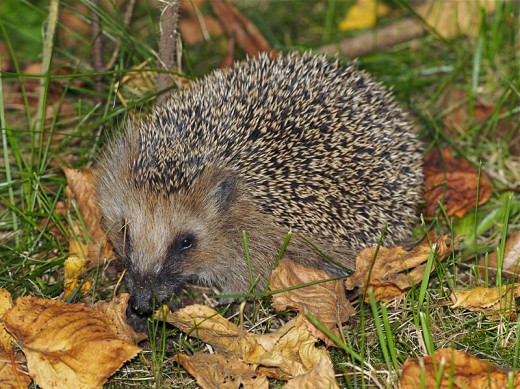
Introduction
Many of us take great delight in feeding and observing the behaviour of the feathered characters that frequent our gardens, but what about the furry ones. It seems rather strange, that while many garden centres and pets shops are stocked full with bird food, there’s hardly any for wild mammals. Yet, I have found from personal experience that feeding wild mammals can be just delightful and engaging to watch. Also it can help provide a valuable insight into aspects of their behaviour you would never normally witness. Food can also assist young mammals to survive when other food is scarce, young foxes and badgers in particular greatly benefit from the odd hand out. But before you start putting out bowls of food, there are some important things to consider.
The Dos and Don'ts
The Dos:
- Only ever offer small amounts of food and adjust the rate you feed them when applicable. For example, badgers enter a state of semi- torpor during winter, it’s not quite hibernation; they’ll just simply stay underground, cutting their activity down to a minimum to conserve energy. They usually start in mid December and lasts for about a month. Also on a warm and wet night, it’s better to leave the badgers and foxes to forage for one of their favourite meals, earthworms.
- Only ever put out high quality food to minimise the risk of disease
- Be sure to clean any feeders and utensils; from time to time soak them in sterilising fluid.
- If you happen to have hedgehogs breeding in your garden, or your neighbours. Avoid attracting foxes and badgers until the youngsters are fully grown. Badgers are, in a matter of fact the hedgehogs only natural predator, they use their powerful claws that can unravel a hedgehog that’s curled itself into a ball.
The Don’ts:
- By all accounts never attempt to encourage a fox take food from your hand, as it would undoubtedly turn into a habit. As a result the fox would become a nuisance to other people.
- Never encourage a fox to enter your house for food, as it may then start to enter other people’s houses via cat flaps and open windows, and cause mayhem. Not so long ago, in Britain there was a story of a fox that entered somebody’s house in London and savaged a baby. The fox, somewhere along the line had lost its fear of man, and unfortunately the baby which had been left alone was a vulnerable target.
- Never overfeed foxes, as they will become inclined to remain in the vicinity of the garden for a long time, they will foul your garden and your neighbours as well, thus causing tension and possibly conflict.
- Overfeeding in general can cause changes in behaviour; the animals may reduce their territory size and gradually lose their natural fear of man. Overfeeding can also lead to increases in the numbers of individual foxes and badgers in a social group, thus causing a change in the dynamics of the local population, undoubtedly leading to greater conflict.
- One of the foods that people put out for birds are peanuts. However, it is important you never put out whole peanuts, unless they are in a mesh feeder, as small birds can easily choke on whole peanuts. Mammals will gladly accept peanuts, but make sure you put these out after dark in small quantities to ensure that there’s nothing left in the morning.
An Increasingly Common Sight in Gardens
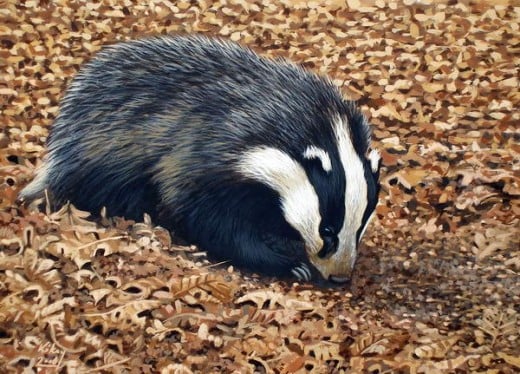
An Ingenious Feeder
Squirrel Deterrant
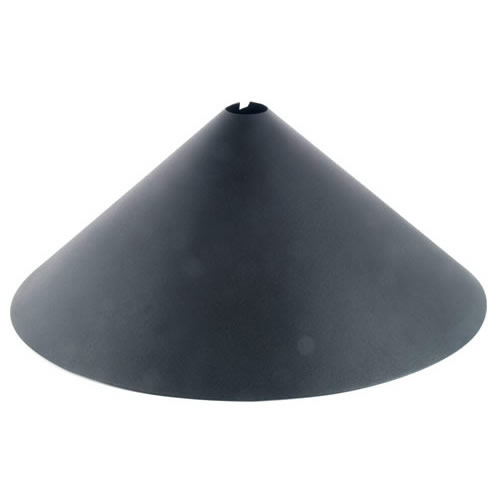
The Wild Animals and What to Feed Them
Badgers: They absolutely love peanuts and will also take dog food, brown bread, cheese and any sweet items.
Hedgehogs: You can feed them with commercial cereal food, but this is usually very expensive. If you do opt for it, then make sure you provide water for them as well, as they are very dry. They will also eat peanuts, mixed seeds and dried fruits, they are the option to go for if you want to save money; what’s more you can just scatter them over the lawn. Hedgehogs will happily gobble up any cat and dog food, but bear in mind that any fish based food will go off very quickly. Never give them bread or milk, as it will give them diarrhoea. By nature, Hedgehogs are nocturnal creatures, so if you ever come across one in daylight, it may be ill. However, lactating females will often forage in daylight in hot and dry weather, so don't be quick to presume. If its clear that the hedgehog is in distress, then try feeding it, if that fails, call your local rescue centre.
Squirrels: Many people despise the pesky grey squirrel that enters the garden, and promptly gorges itself on food meant for birds. You can keep them away by fitting a baffle (a large plastic cone) above your feeder to prevent access. If you’re lucky enough to live in an area where red squirrels are still common then use a specialist feeder called a hopper that uses a device called a treddle (a see saw mechanism) to exclude its larger, grey cousin.
Pine Marten: These small predators are relatives of weasels, stoats and otters and will usually take sweet items, such as jam sandwiches, peanut butter, cake and chocolate. Be careful not to go too mad on the junk food though.
Small Mammals: If you are interested in observing the smaller mammals that enter your garden, you could try erecting a feeding table against a window to guarantee amazingly close view of mammals you never normally see, such as mice, voles and shrews. Make sure to cover the top and outer sides of the table in mesh wire with small holes to prevent predators from gaining access. You could also try making a tunnel or covered walkway stretching from the table to a log pile or another natural shelter. Mice and voles are fond of mixed grain, shrews will also eat grain, but as they are insectivores it’s better to feed them fly pupae which can be bought from a fishing tackle shop.
Deer: If you live in the countryside, then from to time to time, you will encounter deer of one species or another in your garden. If you wish, you can supplement their diet with carrots, cattle nuts and hay in a hard winter. But be warned, only encourage deer if you are prepared to see your garden trashed.
Fox: We often think of Foxes as being carnivores, but in reality they are omnivores like us, eating just about anything from meat leftovers to cake. It’s perfectly okay to give them either cooked or uncooked bones. They also love peanuts, and will often knock over bird tables and feeders to satisfy their hunger.
Do you feed the Mammals in your Garden?
Useful Links
- NFWS Fox Rescue and Sarcoptic Mange Information Site-We also supply mange treatment for foxes suffer
The National Fox Welfare Society Fox Rescue and Sarcoptic Mange information and treatment site. We are here for the sick foxes, injured foxes, foxes with mange, orphaned foxes. We provide a national fox rescue service free of charge. - Fox Project
A charity dedicated to protecting the Red Fox. - Welcome to Tiggywinkles Wildlife Hospital
St. Tiggywinkles Wildlife Hospital. Caring for sick & injured hedgehogs, badgers, wild birds, foxes, even reptiles & amphibians. - thermoproducts.co.uk
Website that sells specialist squirrel feeders.
More from Amazon
© 2012 James Kenny


